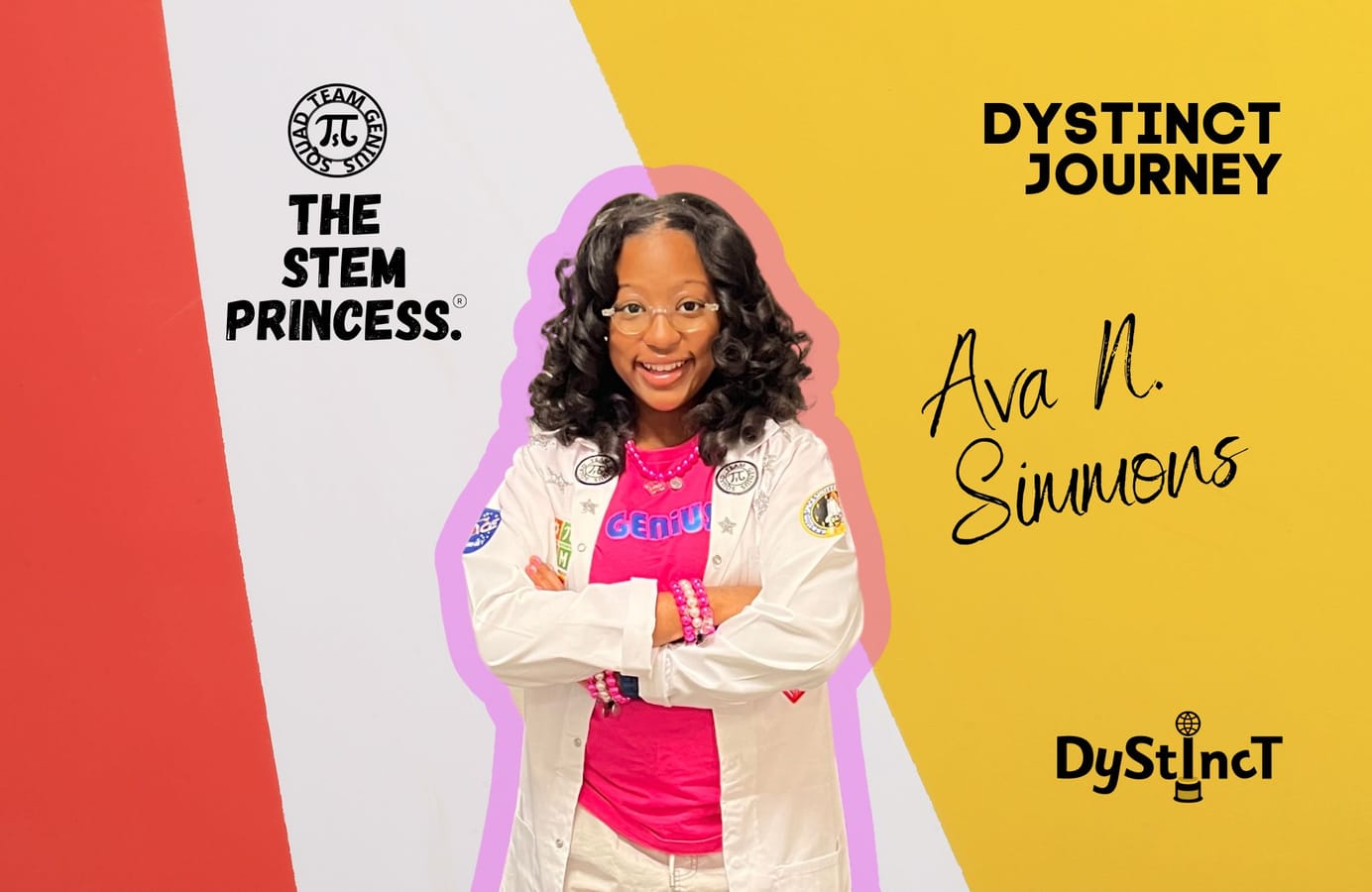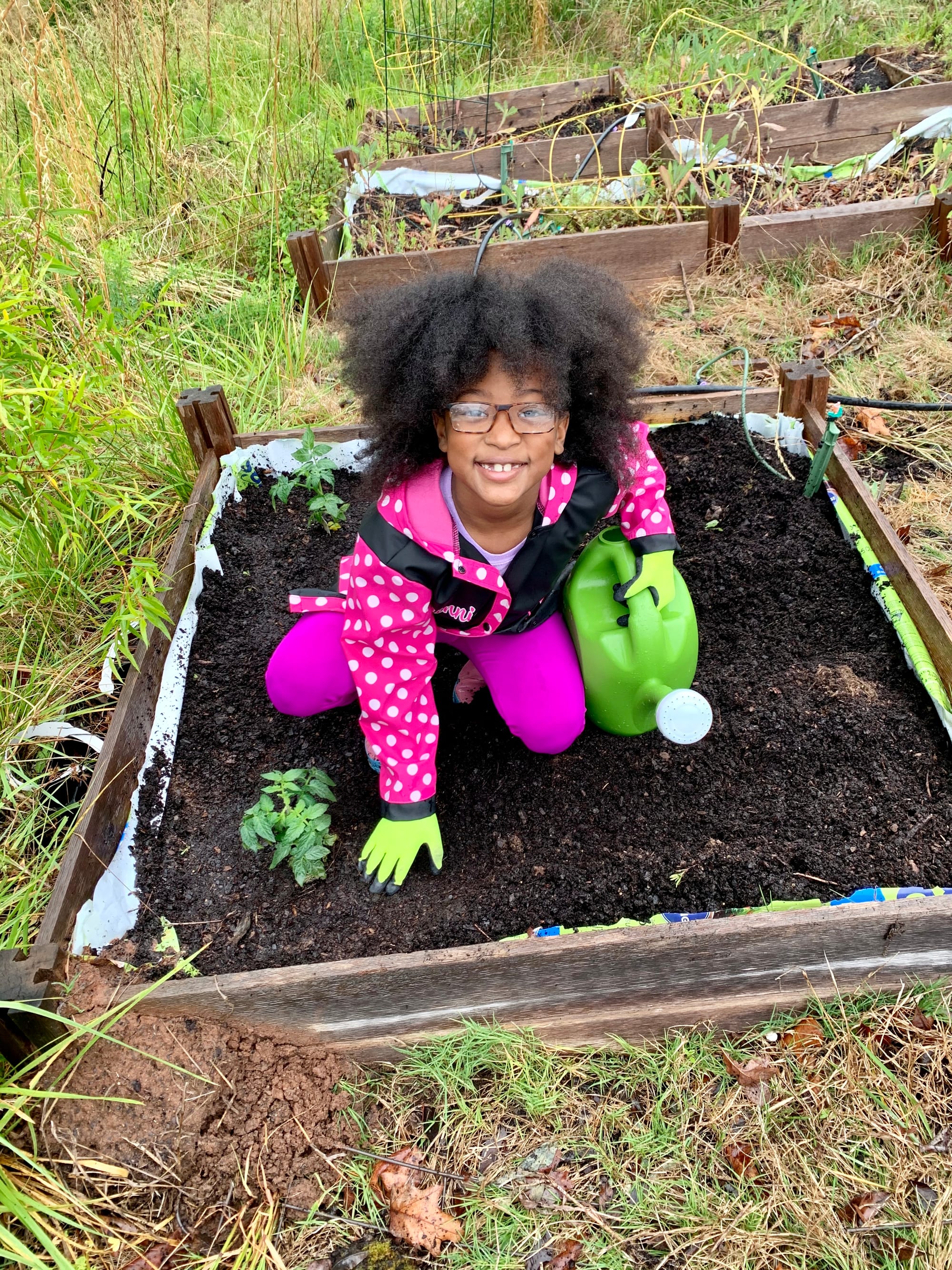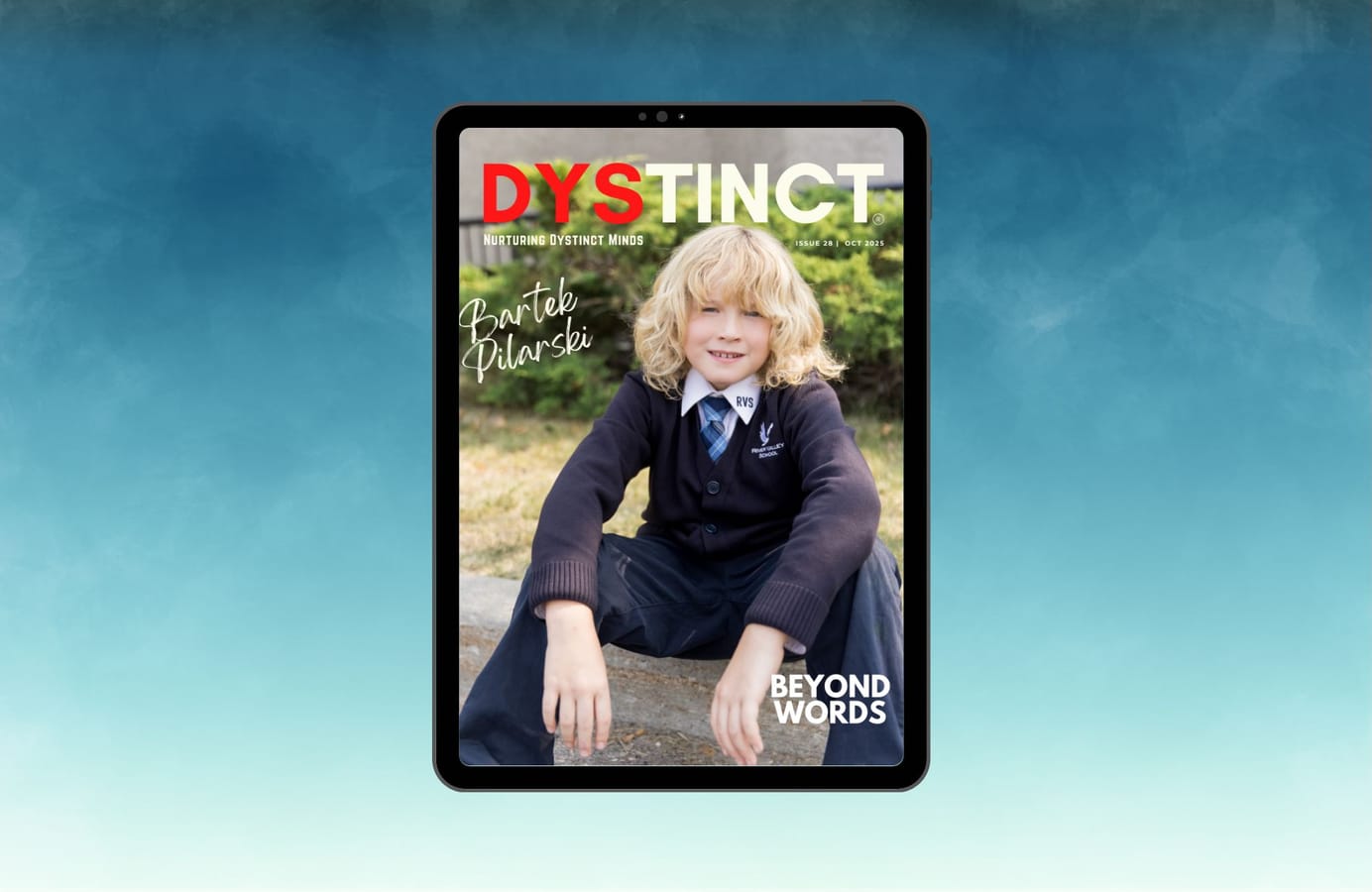
Issue 23: Dystinct Journey Ava N. Simmons (The STEM Princess)
Ava N. Simmons, the STEM Princess®, transformed her struggles with dyslexia and dysgraphia into a thriving STEM business, inspiring children worldwide through her innovative experiments and educational toys, while showing that challenges don’t define one’s future.
Ava's Story
Ava's Story
In 2020, at just eight years old, Ava struggled with growing frustration as she fell behind her peers in reading. Ava's behaviour and her difficulties with reading puzzled her teachers and principal, leading them to suspect "ADHD or behavioural issues." Despite Ava mentioning that she had "trouble reading and that the words moved slightly," the school dismissed these signs. Rather than accepting labels or limitations, Ava's mum, Tita (Tia) Simmons, saw a chance to turn Ava's interests into something that could help her learn. Tia knew that the key was making learning enjoyable. "From a young age, Ava loved STEM activities like being a doctor or building Legos. As I am not an educator, I thought I could only help Ava by finding something she enjoyed and incorporating some learning activities," Tia shares.
Knowing how much Ava loved YouTube and STEM activities, Tia suggested to Ava, "If you research an experiment and write a script, I will record you and put it on YouTube so you can be just like the individuals you watch on YouTube." Ava jumped at the chance to explore kid-friendly STEM experiments while also working on her reading and writing.
Ava started with simple experiments, like launching rockets and mixing baking soda and vinegar to create mini explosions. These activities not only grabbed her attention but also boosted her confidence and helped her improve academically. "Instead of learning boringly, it gives me fun things to do," Ava explains. The hands-on nature of STEM made learning feel less like a chore and more like an adventure. As Ava's experiments grew more creative, so did her YouTube channel, earning her the fitting title of STEM Princess®. Tia's idea was a hit, quickly becoming a family project that soon became an internet sensation.

Instead of learning boringly, it gives me fun things to do!
Despite the success of her YouTube channel, Ava's struggles at school with reading persisted. The situation worsened as classmates began teasing her for not keeping up with the others. Frustrated by the long wait for school-based testing, Tia sought an external psychologist to assess Ava for "ADHD, reading and math issues, and gifts."
The initial assessment in 2021 confirmed that Ava had a specific learning disorder related to reading, but it wasn't until two years later when her progress in school remained slow, that a more comprehensive evaluation was done. Tia noticed Ava "would spell backward and write letters and numbers out of order" when doing homework. Concerned, she had Ava reassessed with a different psychologist. This time, the diagnosis was clear: Ava had both dyslexia and dysgraphia. Reflecting on the moment, Tia explains, "Honestly, we were both relieved to identify the issue. It felt so uncomfortable not knowing why Ava experienced a sudden behaviour change."
Her classmates began teasing her for not keeping up with the others.
Receiving a diagnosis was just the beginning of Ava's transformation. With a name for her struggles, Ava and her family could finally begin to navigate her learning journey with a clearer understanding. Yet, the road wasn't easy. Despite having a diagnosis, Ava faced resistance from her school when it came to getting the support she needed. The school initially denied her an Individualised Education Program (IEP), claiming that "she was too bright for special education services."
Tia and Ava attempted to work with the school's accommodations, like extra time on tests and sitting at the front of the class. However, it quickly became clear that the staff lacked the proper training to support children with learning disabilities. Even after Ava was reassessed and diagnosed with both dyslexia and dysgraphia, the school continued to deny her an IEP. It wasn't until Tia demanded intervention based on Ava's disappointing end-of-year test scores that the school finally agreed to implement an IEP. Unfortunately, this support came too late - only in the last six months of the school year - meaning Ava didn't fully benefit from the accommodations. Recognising the limitations of the school, Tia decided to use profits from Ava's growing business to enrol her in a local school specifically designed for children with dyslexia, where Ava could finally receive the support, she needed to thrive.
This post is for paying subscribers only
SubscribeAlready have an account? Log in


